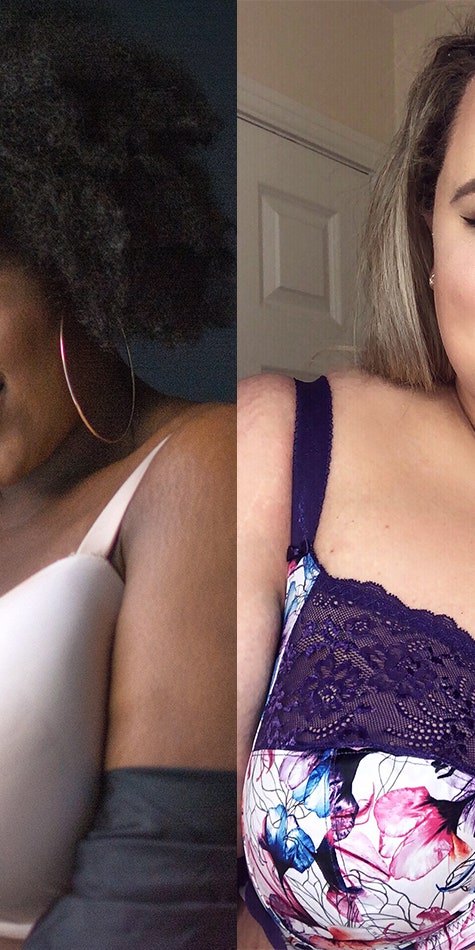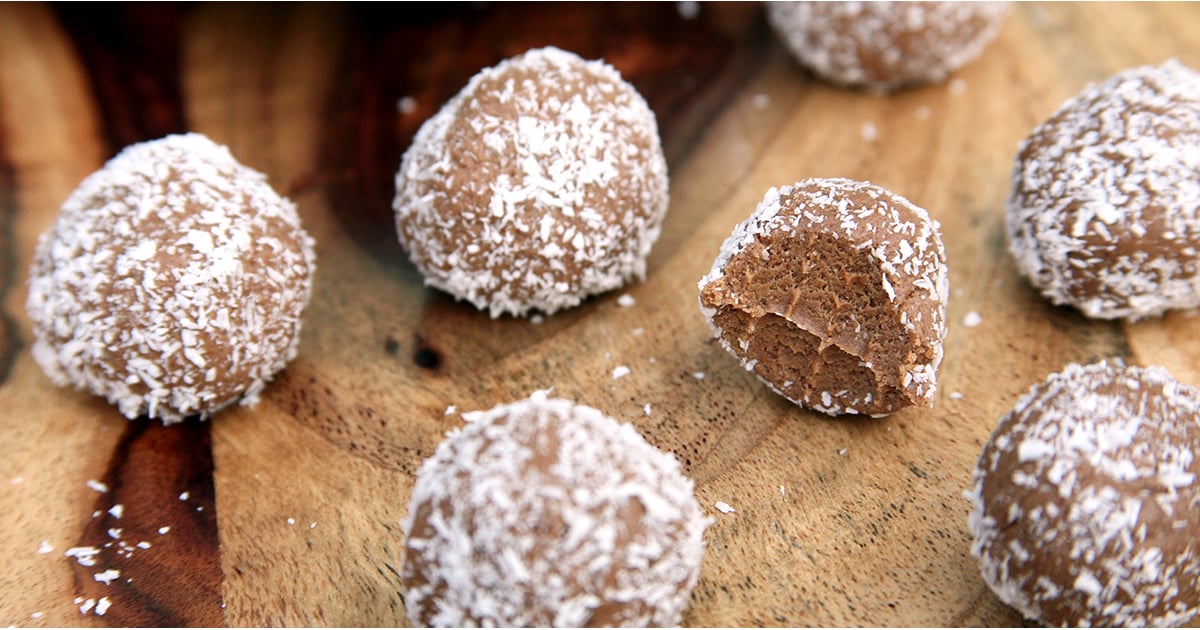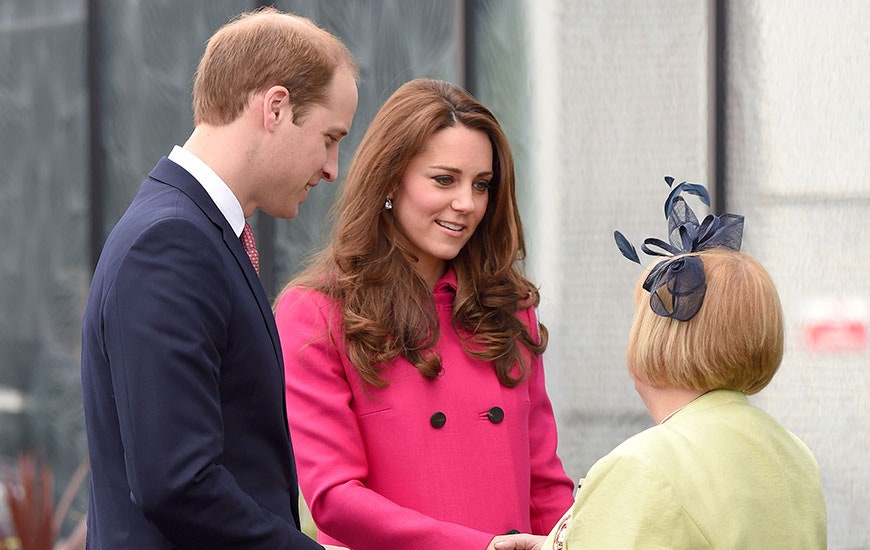I hovered 30 feet off the ground, trying not to look down, a long loop of fabric my only support.
How did I get here?
My heart rate increased before I went to complete the drop—the most complicated trick I’d ever done, which involved flipping through the sling from high in the air. (Did I mention I was—and still am—afraid of heights?) I had made my way up the sling at circus school, located in the building of a former Catholic church, crocheting my legs through the fabric.
Nervous as I was, I felt anything but helpless as I waited, wrapped up and eye level with the choir loft, my coach shouting encouragements from below.
“Remember to bring your arms down!” she called. “Do you want me to count?”
I nodded, adrenaline coursing through my veins, anxiety the furthest thing from my mind.
“One!”
I arched my back.
“Two!”
I clung to the fabric in each hand.
“Three!”
I let go and somersaulted forward, untangling on my way down, until I felt the loop of fabric under my arms.
“You did it!” my coach cheered.
My heart was pounding, but I didn’t panic. Instead, I cheered too.
When I was diagnosed with generalized anxiety disorder (GAD), I never expected circus training to be a part of my coping strategy.
Specifically, by practicing aerial sling (picture the apparatus used in an aerial yoga class, but higher off the ground) and flexibility training (which I affectionately call “baby contortion”). But there I was, in another circus class, hanging high above the ground, reflecting on when and why my circus training began—and anxiety was at the root of it.
I’ve dealt with anxiety for as long as I can remember. I had crying fits in college when I got a B on an assignment. I can’t do confined spaces. I know I’m about to have a bad spell when I start losing sleep. Once I got an official anxiety diagnosis, I set out to find ways to make myself feel better. Traditional anxiety management tools were part of that—working with a mental health professional, meds, things like that. But putting my mind and body through circus tricks was the outlet I never knew I needed.
One night in 2015, I followed a good friend to a warehouse building on Chicago’s West Side. In the year since we met, she’d described hanging in the air on a trapeze as well as her flexibility classes “like yoga but way harder.” The whole hanging in the air thing sounded way too terrifying for me, but I was intrigued by the latter and was feeling impulsive for once, so I tagged along one Tuesday evening.
The warehouse’s third floor, just above a bread factory, housed a circus training facility with drop-in classes. I somewhat anticipated that first class to be like an advanced yoga session. But this definitely wasn’t yoga: We held right and left splits for a minute each (60 seconds never felt so long), kicked our legs in the air and tried to touch our faces, and circled our arms like little kids playing airplane for what felt like eternity. After an hour and a half of unconventional stretching and flexibility, I had trouble walking for three days.
I wasn’t a stranger to intense physical activity; I’d studied dance since age 4. But after that class, I felt something beyond just soreness. I was calm.
I started to chase that emotional high.
I was there every Tuesday (barring illness or terrible weather) while my coach pulled, prodded, and occasionally sat on us. (A quick note: Hands-on training is very common in circus, and all coaches should be mindful of consent. Always. Luckily, this was never an issue with my wonderful coach, who always asked first and encouraged us to listen to our bodies first and foremost to avoid injury, especially when working our backs.)
We bent. We twisted. We did center splits, which I particularly hate because it feels like my body is slowly being wrenched into two pieces by some sort of self-inflicted medieval torture device. I’m a fairly flexible human and still, none of this felt physically easy.
But for 90 minutes I could focus only on my body. I had to, or I could get hurt. Though I got frustrated—a lot—I never cried.
Then I started aerial training, where even the smallest movement is incredibly difficult. When my coach first suggested I try aerial, I laughed in her face. You’re literally lifting your own body weight and battling an apparatus that will give you bruises or clock you in the head! Cut to two months later: I went to a Saturday morning “taster” session and left $200 poorer, having committed to eight weeks of classes right off the bat. But at least I committed and was all in, right?
It ended up being completely worth it, despite my nerves. Over the next three years, I trained on silks, which is basically two curtains of fabric; lyra, the head-banging steel loop; and my favorite, sling, which is sort of a cross between the two. These more challenging endeavors gradually improved my shoulder and overall body strength. I usually have some sort of scrape, fabric burn or bruise, or a combo deal of two or three. I can open any jar with the greatest of ease. These activities have helped boost my confidence and quiet my fears and anxiety towards the unknown, or of being “bad” at something before I’ve even given it a chance. (Watch a video of my sling work here.)
Most Popular
- 5 Less Obvious Signs of Seasonal Depression You Should Definitely Pay Attention To
By Maggie O’Neill
- 42 Creative Valentine’s Day Gifts for Guys
By Sarah Madaus
- Just Some Fun Sex Toys You and Your Partner Will Love
By Gabrielle Kassel
While training, whether I’m working on putting my elbows on the ground while in a backbend, or somersaulting around a piece of fabric while trying not to pinch areas of your body that you really don’t want pinched, I’m forced to confront my anxiety. If I overthink, I can jerk out of a trick and gravely injure myself. If I hit my limit without taking a step back or asking for help, I can have an anxiety attack that leads to a major meltdown. I have to find the balance of pushing myself through a sequence and being mindful of my own limits—a delicate formula that changes every time. And, ultimately, nailing a trick, or even just (gasp!) having fun, is the most freeing feeling.
Still, I was curious: Is there any particular reason why circus training helps alleviate my anxiety?
Psychiatrist Monisha Vasa, M.D., chair of the Resident Physician Well Being Committee at University of California-Irvine Family Medicine Center, thinks so. “Certain types of exercise, such as circus training or even weight lifting, engage our minds to the point where we are intensely present-focused, not lost in worries about the future,” Dr. Vasa tells SELF.
She continues, “Studies show a positive impact [of intense exercise] on the central hormonal axis in the body, called the hypothalamic-pituitary-adrenal axis,” which plays a role in how the brain and body adapt to physical or psychological stressors. Another possible mechanism is that exercise has been shown to increase the release of natural (or endogenous) opioids, “our own ‘feel-good’ chemicals,” Dr. Vasa adds (think: endorphins). While the available studies don’t focus on things like circus stunts or aerial training specifically, I’d argue this falls into the bucket of intense exercise.
Most Popular
- 5 Less Obvious Signs of Seasonal Depression You Should Definitely Pay Attention To
By Maggie O’Neill
- 42 Creative Valentine’s Day Gifts for Guys
By Sarah Madaus
- Just Some Fun Sex Toys You and Your Partner Will Love
By Gabrielle Kassel
Additionally, “Feeling strong helps reduce some of [the feeling of] helplessness that can come along with anxiety,” Dr. Vasa says. “In addition, when we exercise and our heart rate goes up, our brains start to learn that every increase in heart rate isn’t a sign of an impending panic attack.”
Of course, circus training isn’t some cure-all. I’m on medication. I’ve been in therapy.
I practice deep breathing and other forms of self-care. I’ll always have to live with my anxiety disorder.
And, yes, it does still persist through my training, often at unexpected moments. There have been times when I’ve had to step back from learning a new trick, due to frustration, panic, and all those fun symptoms that accompany anxiety.
But much more often than not, the strength, sweat, and surging adrenaline related to my beloved hobby bring on an almost overwhelming sense of calm when I wrap up a session. It’s helped bring out characteristics within me that my anxiety has long buried or overpowered. So if this little slice of circus life that I cherish works as part of my anxiety treatment and management, I’ll take it.
Lauren Emily has written for Playboy, SELF, and BUST magazines, and is the author of the young adult novel SATELLITE. She hangs in the air and bends her body in weird ways weekly. Follow her on Twitter and Instagram.











